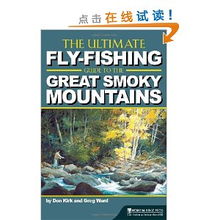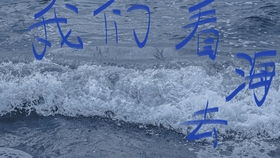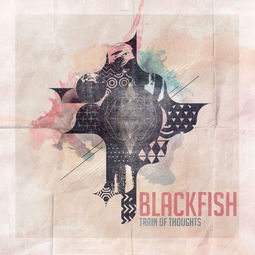Content:
Fishing, an ancient and timeless activity, has been captivating the hearts of anglers for centuries. Whether you are a beginner or an experienced fisherman, mastering the art of fishing involves understanding various techniques and bait placement. In this article, we will delve into the world of fishing and explore some valuable tips to help you become a proficient angler.
Choosing the Right Equipment
Before diving into the fishing techniques and bait placement, it is crucial to have the right equipment. Here are some essential items you should consider:
a. Rod and Reel: Select a rod and reel that suit your fishing style and the type of fish you are targeting. A lightweight rod is ideal for panfish, while a heavy-duty rod is better for larger fish like bass or catfish.
b. Line: The type of line you use depends on the fish species and the environment. Monofilament line is versatile and floats well, while fluorocarbon line is nearly invisible underwater and excellent for fishing in clear water.
c. Lures and Baits: A variety of lures and baits can be used, depending on the fish you are targeting. Soft plastics, spinnerbaits, crankbaits, and live bait are some popular options.

Understanding the Basics
Before you start fishing, it is important to understand the basics:
a. Casting: Learn the proper casting technique to ensure your bait lands in the desired location. Practice different casting techniques, such as the overhead cast, sidearm cast, and roll cast, to improve your accuracy.
b. Knots: Familiarize yourself with essential fishing knots, such as the Palomar knot, clinch knot, and improved clinch knot. These knots will help you secure your line and lure effectively.
c. Bait Placement: The way you place your bait can significantly impact your fishing success. Here are some tips for proper bait placement:
i. Depth: Adjust the depth of your bait based on the fish species and the water conditions. For example, bass are often found in deeper water, while panfish prefer shallow areas.
ii. Current: If you are fishing in a river or stream, consider the current's direction and speed. Place your bait upstream to allow it to drift naturally towards the fish.
iii. Structure: Identify and target areas with structure, such as rocks, logs, or weed beds, as these locations often attract fish.
Selecting the Right Bait
Choosing the right bait is crucial for successful fishing. Here are some tips for selecting the perfect bait:
a. Live Bait: Live bait, such as worms, crickets, or minnows, can be highly effective. Match the bait to the forage fish in the area and ensure it is fresh and lively.
b. Artificial Lures: Artificial lures come in various shapes, sizes, and colors. Experiment with different lures to find what works best in your fishing environment. Pay attention to the fish's behavior and adapt your lure selection accordingly.
c. Natural Baits: Natural baits, such as corn, bread, or cheese, can be used for panfish and some species of bass. These baits are often effective in areas with abundant forage fish.
Patience and Practice
Lastly, remember that fishing requires patience and practice. Spend time observing the fish's behavior and adjust your techniques accordingly. Over time, you will develop a better understanding of the fish you are targeting and become a more skilled angler.
In conclusion, mastering the art of fishing involves understanding various techniques and bait placement. By choosing the right equipment, learning the basics, selecting the appropriate bait, and practicing your skills, you will increase your chances of success on the water. So, grab your rod and reel, and embark on an exciting journey into the world of fishing!












